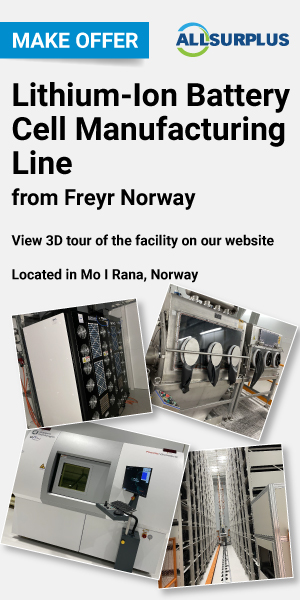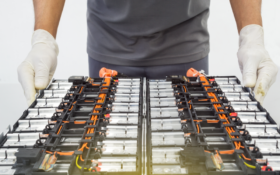Capacitor guru John Miller answers more of our readers' questions, including some fundamental queries on the nature of capacitors – and how they differ from batteries.
It is well known that a capacitor system composed of a series string of cells needs uniform voltages on the cells for maximum system operating life. Is this the primary requirement for maximum system life, or are there others?
Indeed there are. In fact, for cells in systems comprising long series strings of cells, temperature uniformity may be every bit as important as voltage uniformity. Temperature non-uniformity can actually be . . .
to continue reading this article...
Sign up to any Premium subscription to continue reading
To read this article, and get access to all the Premium content on bestmag.co.uk, sign up for a Premium subscription.
view subscription optionsAlready Subscribed? Log In












